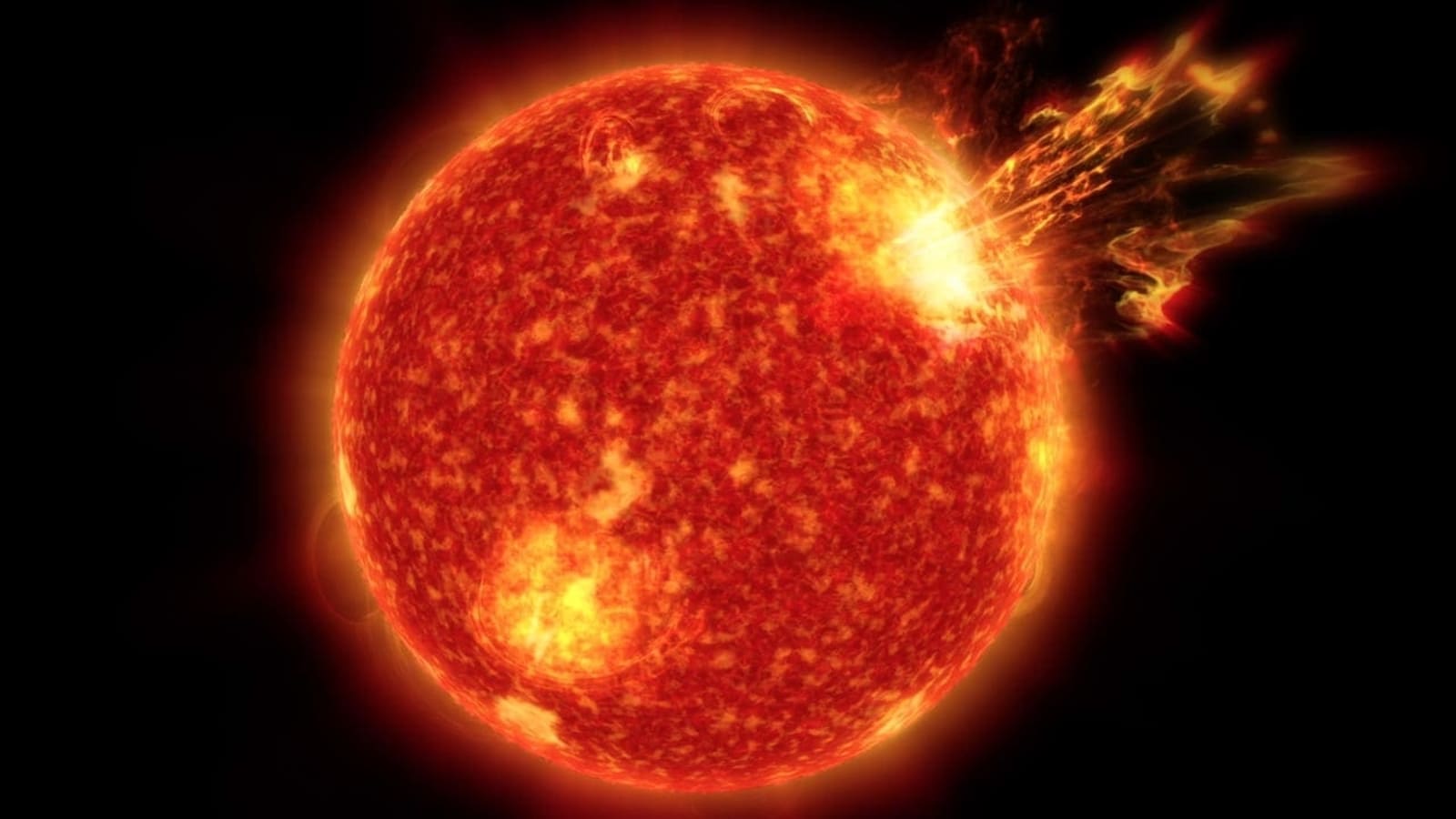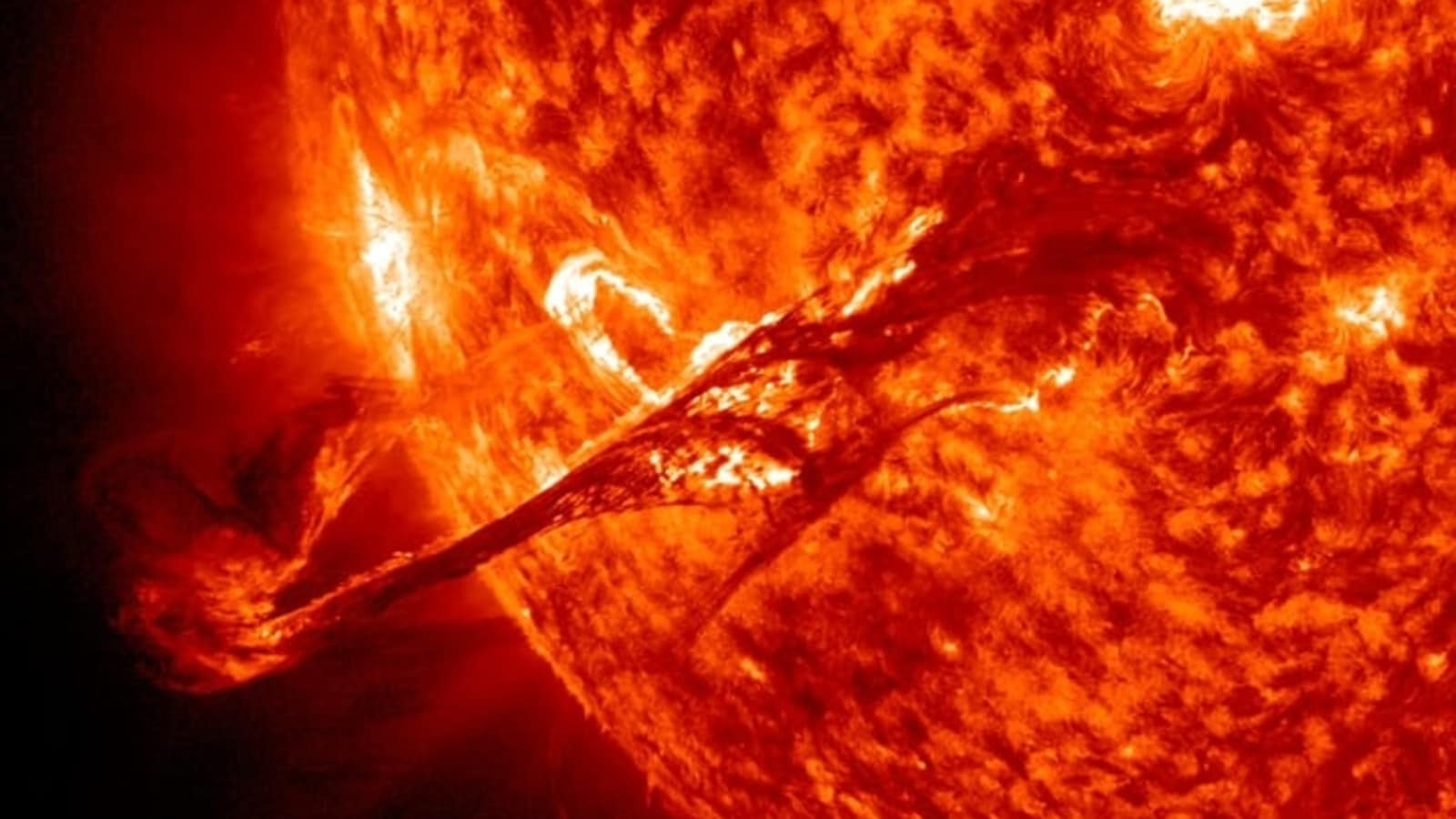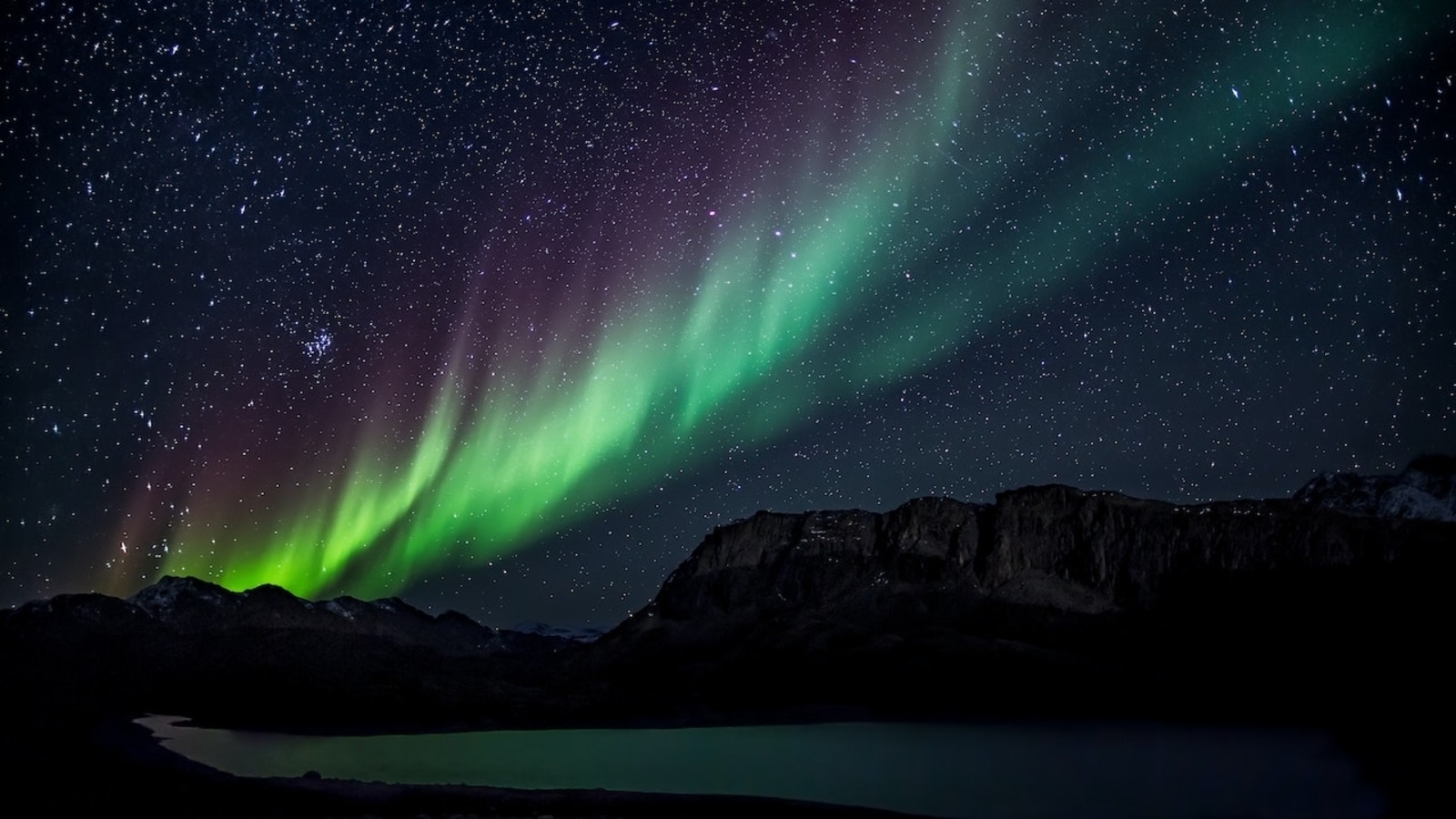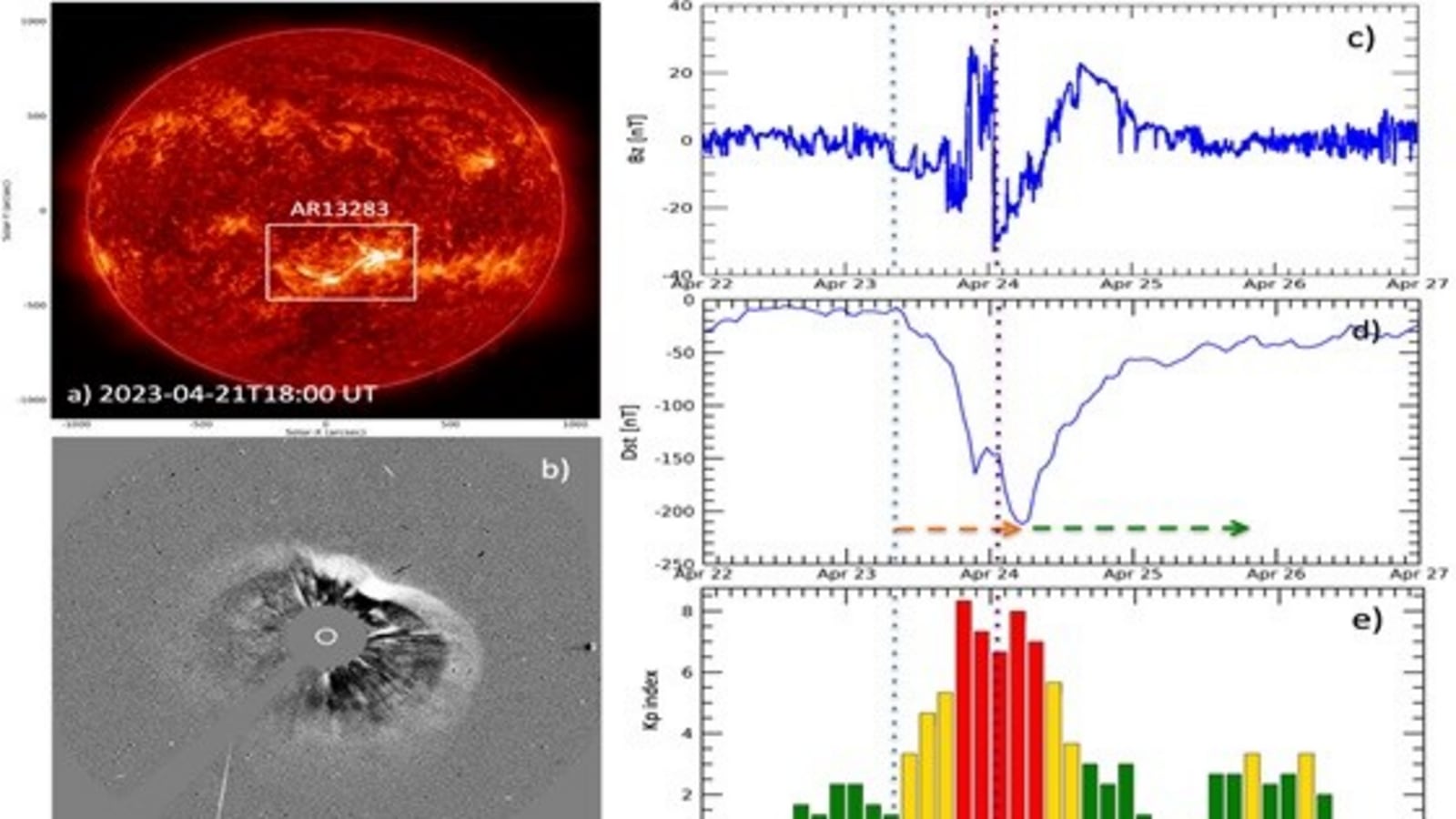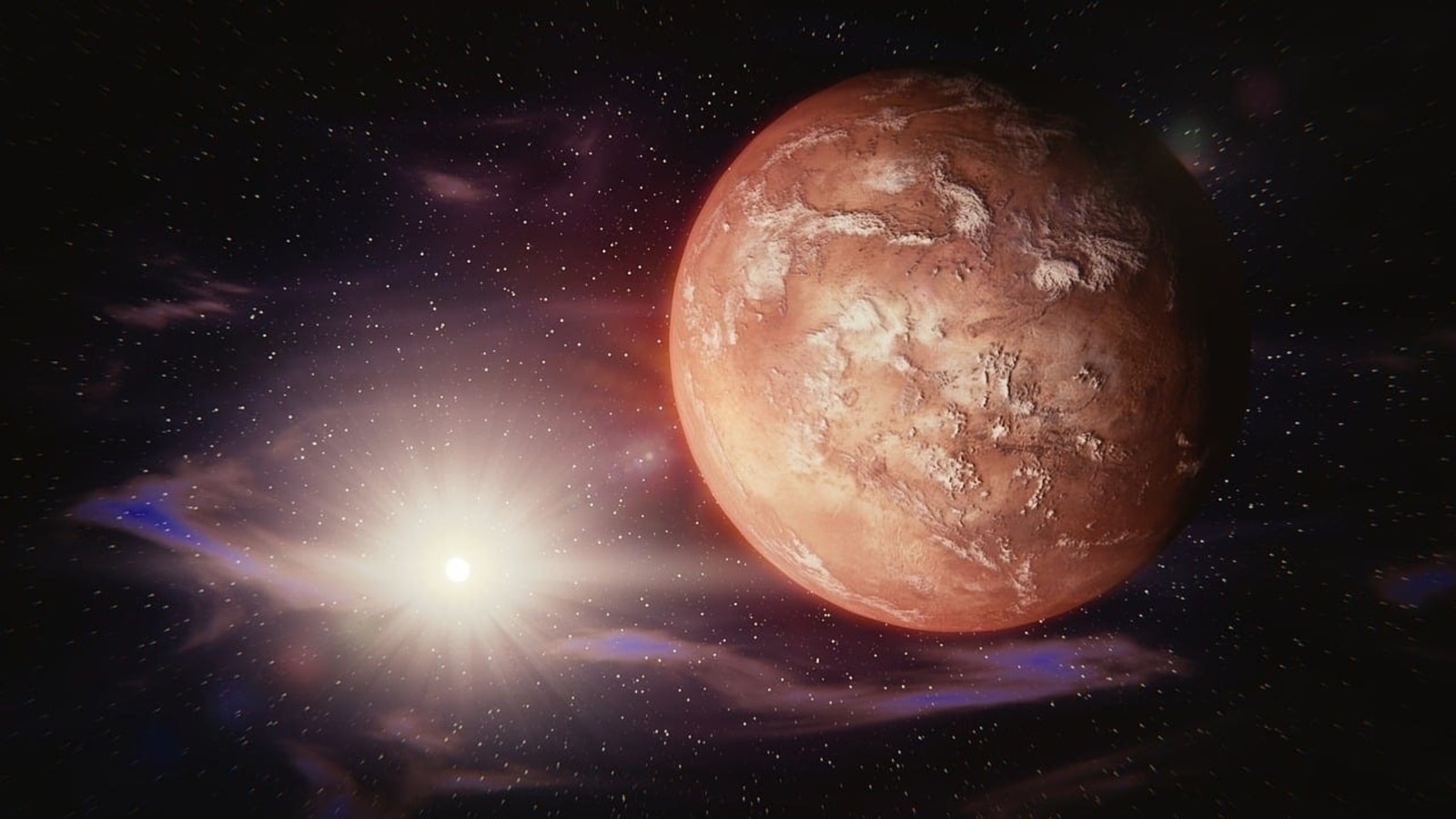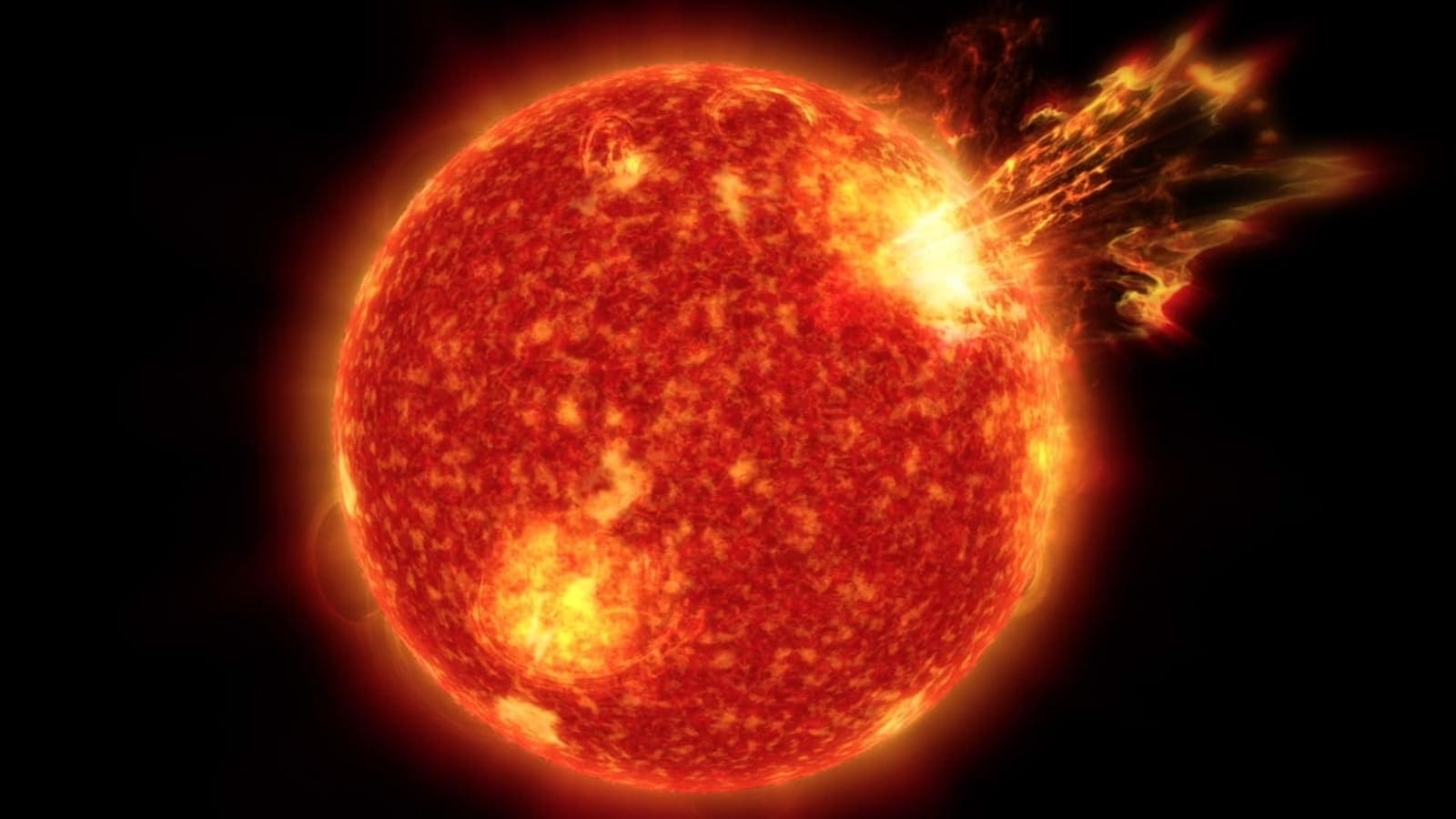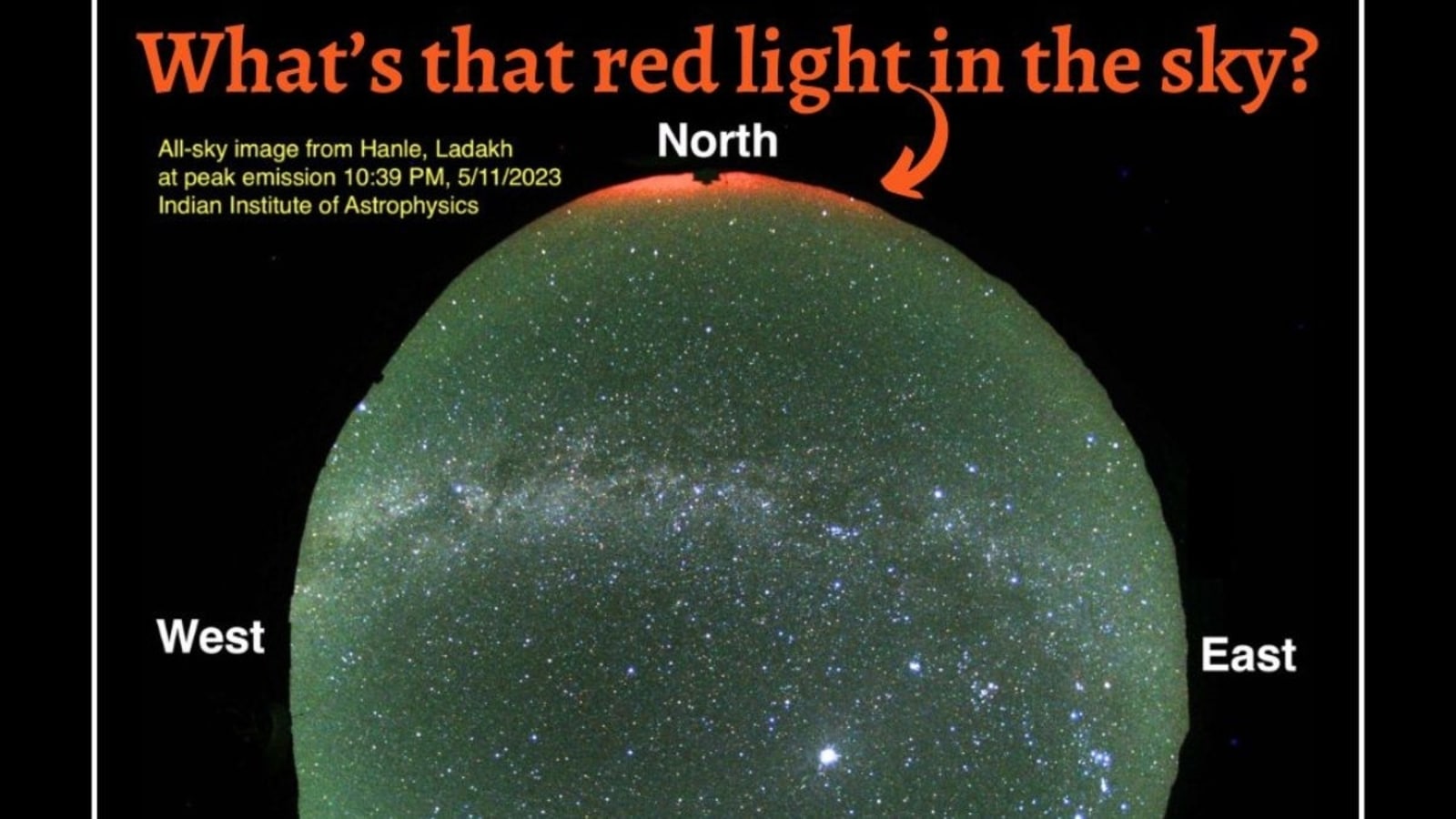Geomagnetic storm alert issued! Solar wind may spark a solar storm, stellar auroras around the Arctic Circle
In recent weeks, the frequency as well as intensity of geomagnetic storms has increased. This is perhaps due to the approaching peak of solar cycle 25 which is likely to boost solar activity. Thus, we may see more intense and frequent solar storms, geomagnetic storms, CMEs and solar flares. Now, forecasters have issued a geomagnetic storm alert due to approaching solar winds.Also Read: Total solar eclipse - Check safety tips, ways to watch online and more Geomagnetic storm alertAccording to a Space Weather report, forecasters at the National Oceanic and Atmospheric Administration (NOAA) have revealed that a stream of solar wind is making its way towards Earth and it may graze the planet's magnetic field. It is predicted to result in a G-1 geomagnetic storm on April 4. For the unaware, ...

